EPCOS Power Factor Controllers (BR4000, BR5000, BR6000, BR7000 series) are advanced APFC relays combining smart microprocessor-based switching, extensive parameter monitoring, adaptive control logic, and clear operator interfaces. They deliver precise reactive power correction and energy management across industrial, commercial, and renewable systems.
Description
The EPCOS Power Factor Controller (commonly the BR series) is a microprocessor-controlled APFC relay that continuously monitors and corrects the power factor by switching capacitor banks based on load requirements. Designed for automation and energy optimization, it offers intelligent control modes, phase compensation, dynamic switching, and advanced display/communication features.
deekayelectricals.compowercapacitorsindia.com
Specifications (Key Models)
-
BR4000 Series (Compact 96 × 96 mm panel mount):
-
Stages: 4, 6, 8 outputs
-
Supply Voltage: 144–288 VAC (L-N)
-
Features: Auto CT detection, fault protection, LED display
deekayelectricals.comPower Factor Shop
-
-
BR5000 Series (Advanced, with data logging and 3-CT support):
-
Stages: 8, 16 outputs
-
Voltage: 415 VAC three-phase
-
Includes four-quadrant operation, energy parameters, remote comms
deekayelectricals.com
-
-
BR6000 Series (Rugged and versatile):
-
Stages: 6, 12 (relay or transistorized)
-
Wide measurement voltage: up to 525 VAC (L-N/L-L)
-
Features: LIFO/FIFO control, self-optimizing logic, large multifunctional LCD, RS-232/RS-485 interface, harmonic & alarm monitoring
deekayelectricals.compowersavingconcept.comtdk-electronics.tdk.com
-
-
BR7000 Series (High-end graphical interface):
-
Full graphic or OLED display
-
Voltage: 110–230 VAC; 30–760 VAC measurement range
-
Triple CT inputs, dual RS-485 interfaces, advanced alarms
powercapacitorsindia.com
-
Features
-
Microcontroller-based logic with intelligent control modes (LIFO, FIFO, self-optimizing)
-
Dynamic switching with relay or thyristor (transistorized) outputs
-
Wide display options: LED, LCD, graphical, OLED
-
Fault detection: over/under voltage, current, temperature, harmonics
-
Communication: RS-232/RS-485 interfaces for SCADA integration
-
Energy & harmonics monitoring up to 19th order, logging and recall functions
-
Flexible voltage sensing (L-N or L-L) and CT-configurations (1 or 3 CT)
deekayelectricals.compowersavingconcept.comtdk-electronics.tdk.com
Applications
-
Industrial systems with heavy inductive loads (motors, compressors, welding equipment)
-
Commercial buildings and utilities aiming to avoid PF penalties
-
Renewable energy setups (solar, wind) requiring PF compliance
-
Motor Control Centers (MCCs) and distribution panels
-
Systems requiring advanced load monitoring and reactive power optimization
deekayelectricals.com
Advantages
-
Maintains PF near unity (e.g., 0.99), reducing utility penalties
-
Enhances energy efficiency and voltage stability
-
Minimizes mechanical wear through intelligent switching logic
-
Supports harmonic and energy monitoring
-
Configurable displays and communication options for easy integration
deekayelectricals.compowersavingconcept.com
Disadvantages
-
Higher initial cost than manual systems
-
Requires careful commissioning and setup
-
Capacitor banks need regular maintenance due to switching cycles
-
Performance may be affected in environments with high harmonic distortion
tdk-electronics.tdk.com


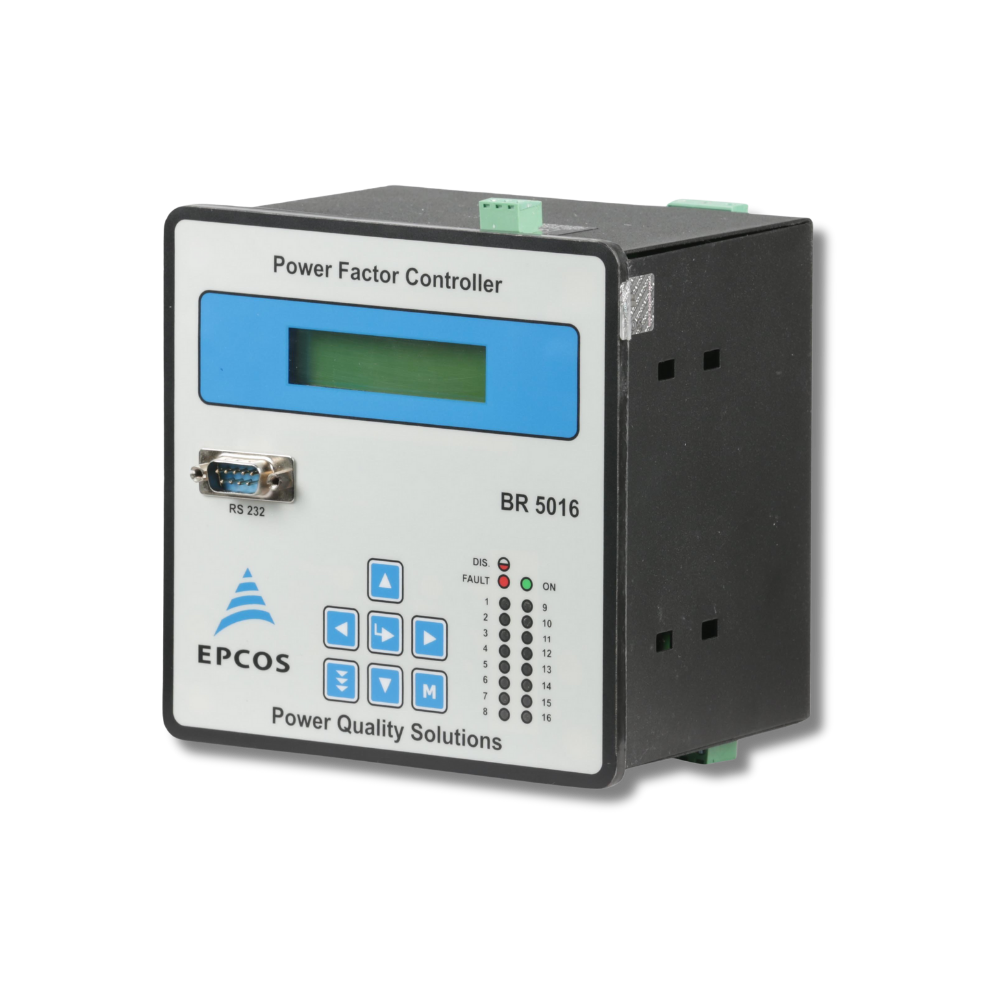
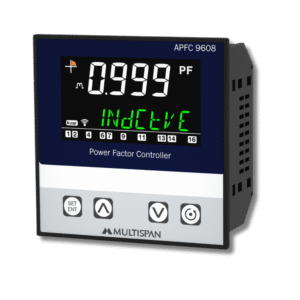
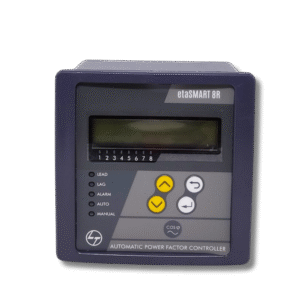
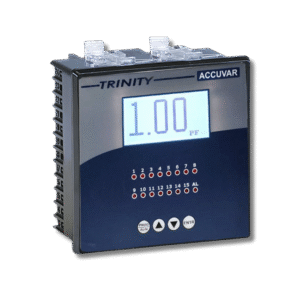


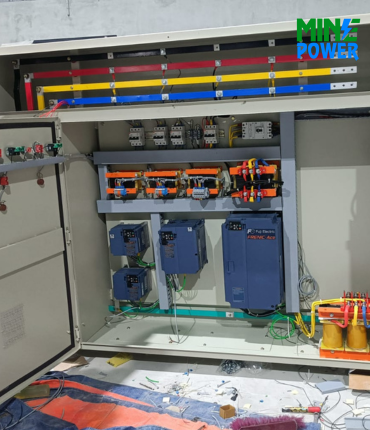
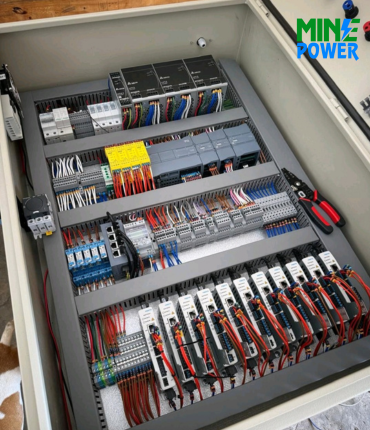
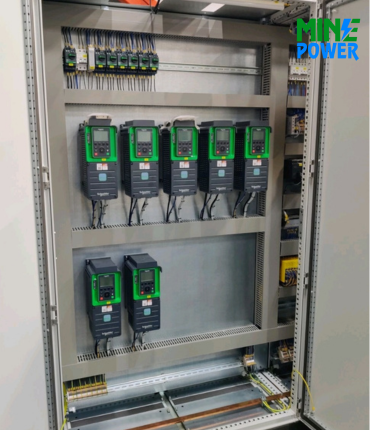
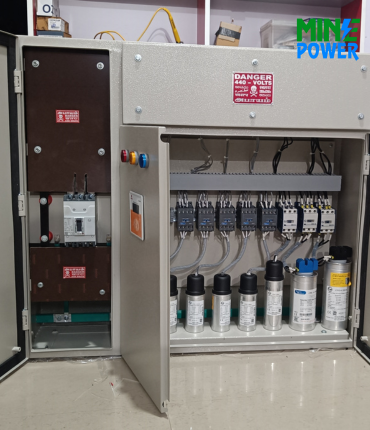

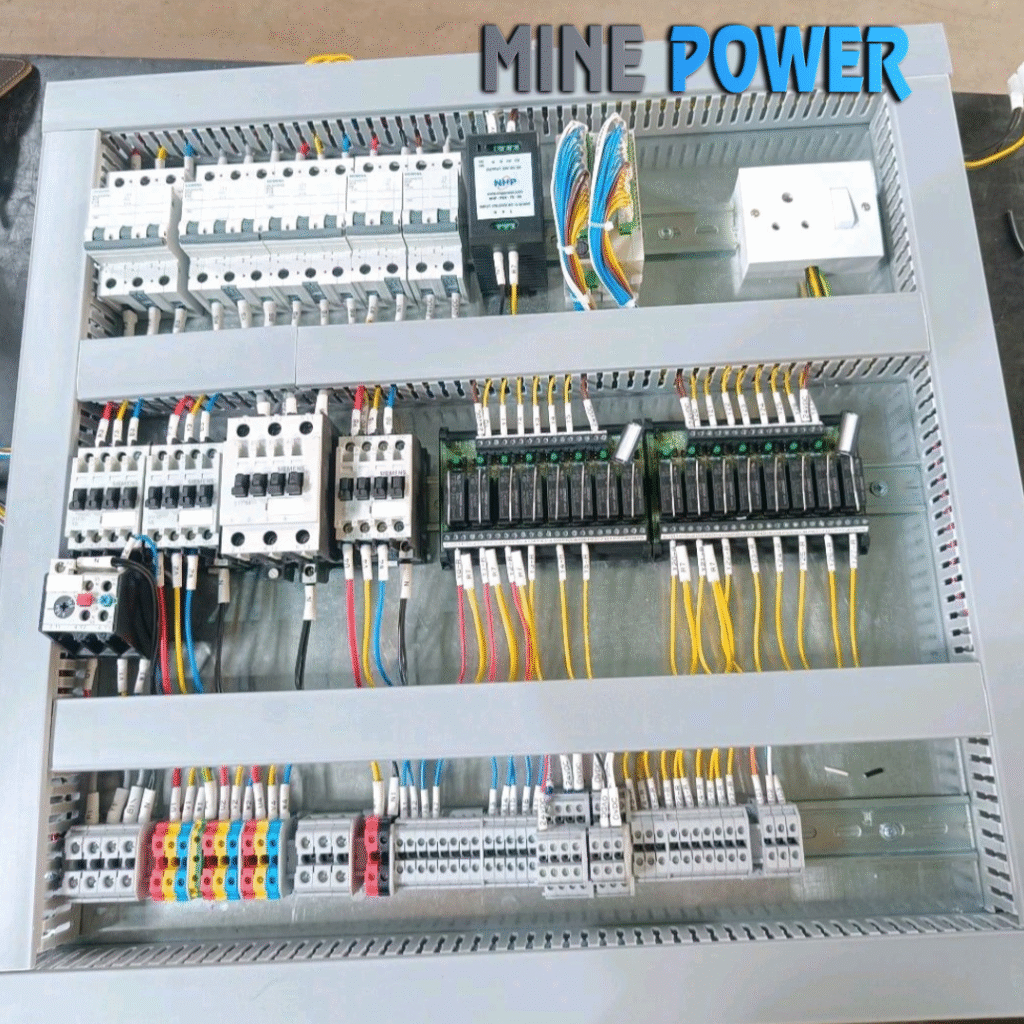
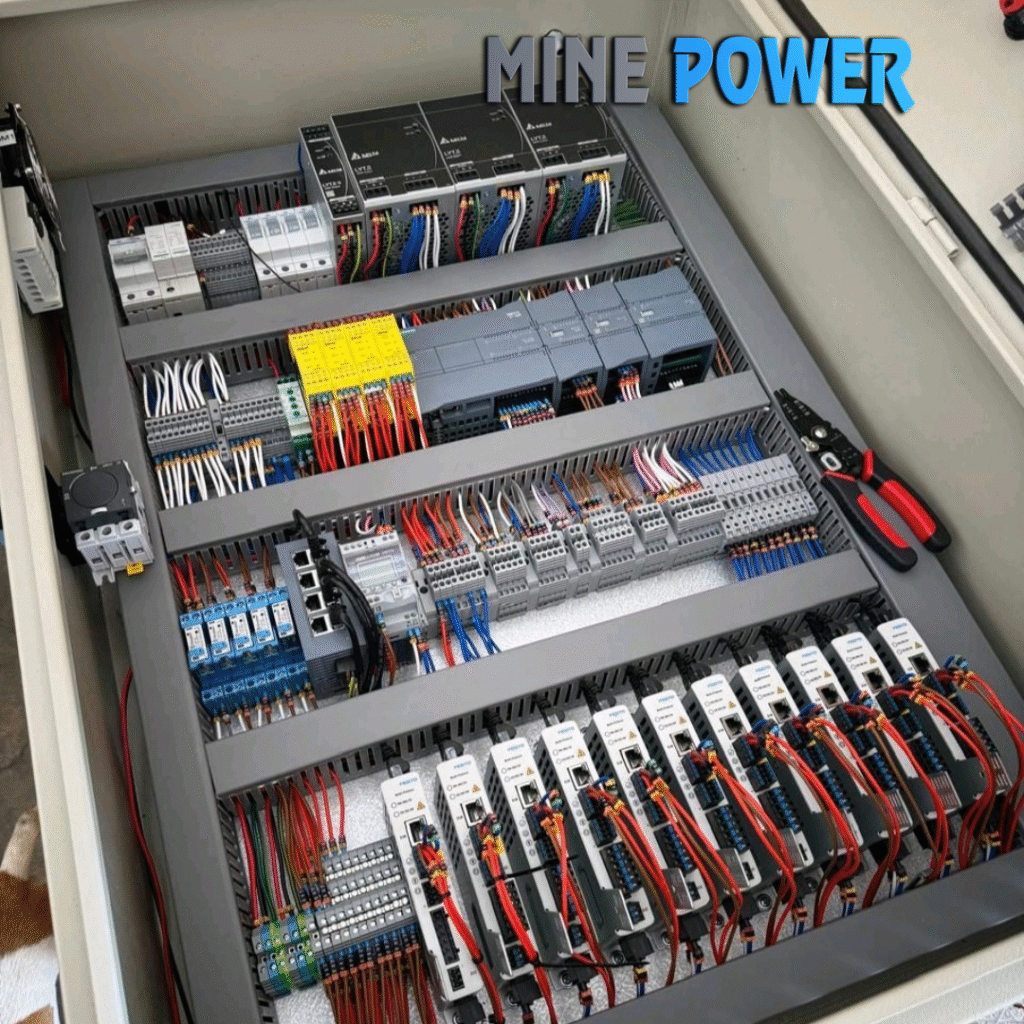
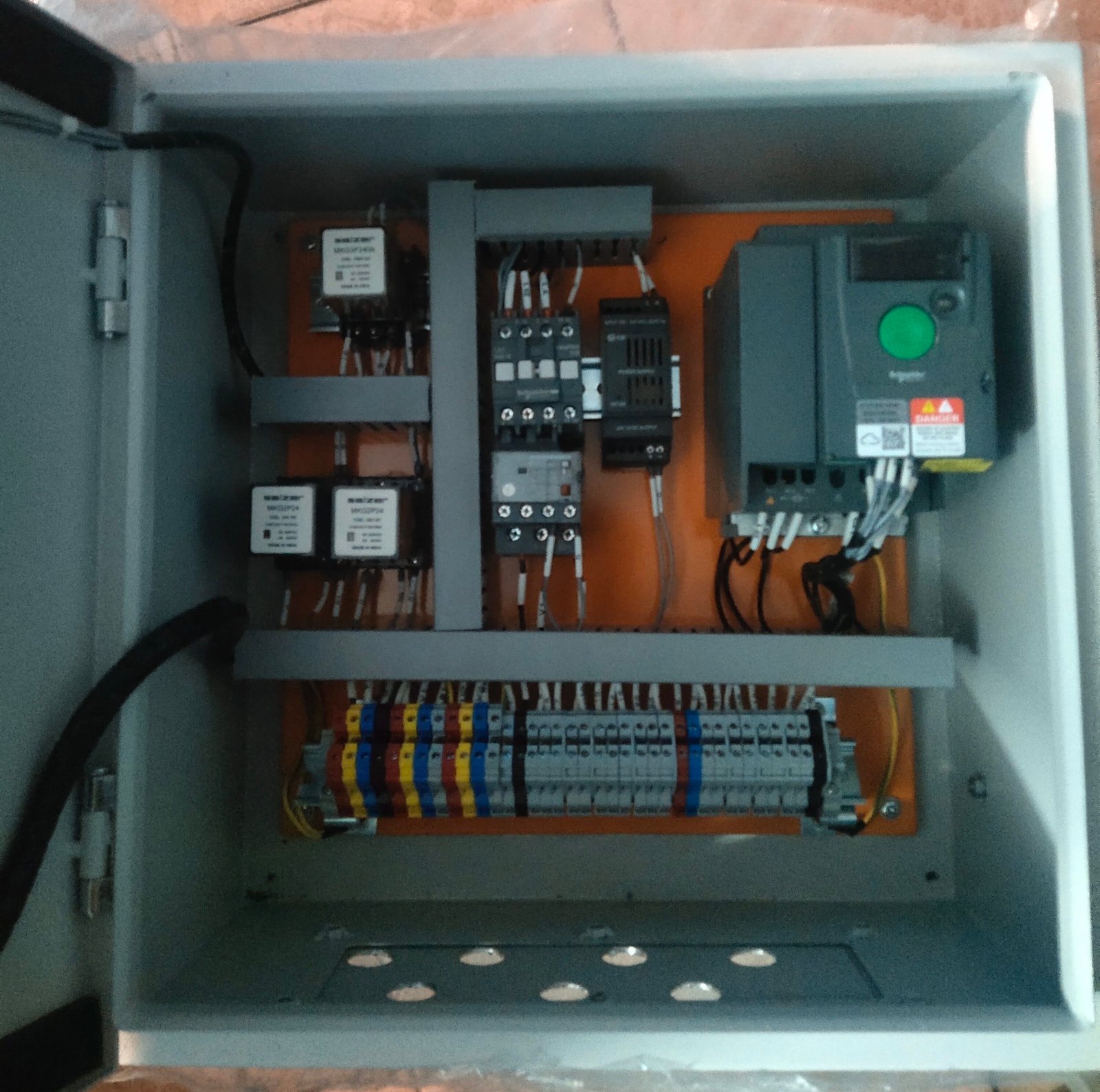
LatarshaHavir88019@hotmail.com
November 25, 2025I have not checked in here for some time as I thought it was getting boring, but the last few posts are good quality so I guess I will add you back to my daily bloglist. You deserve it my friend 🙂